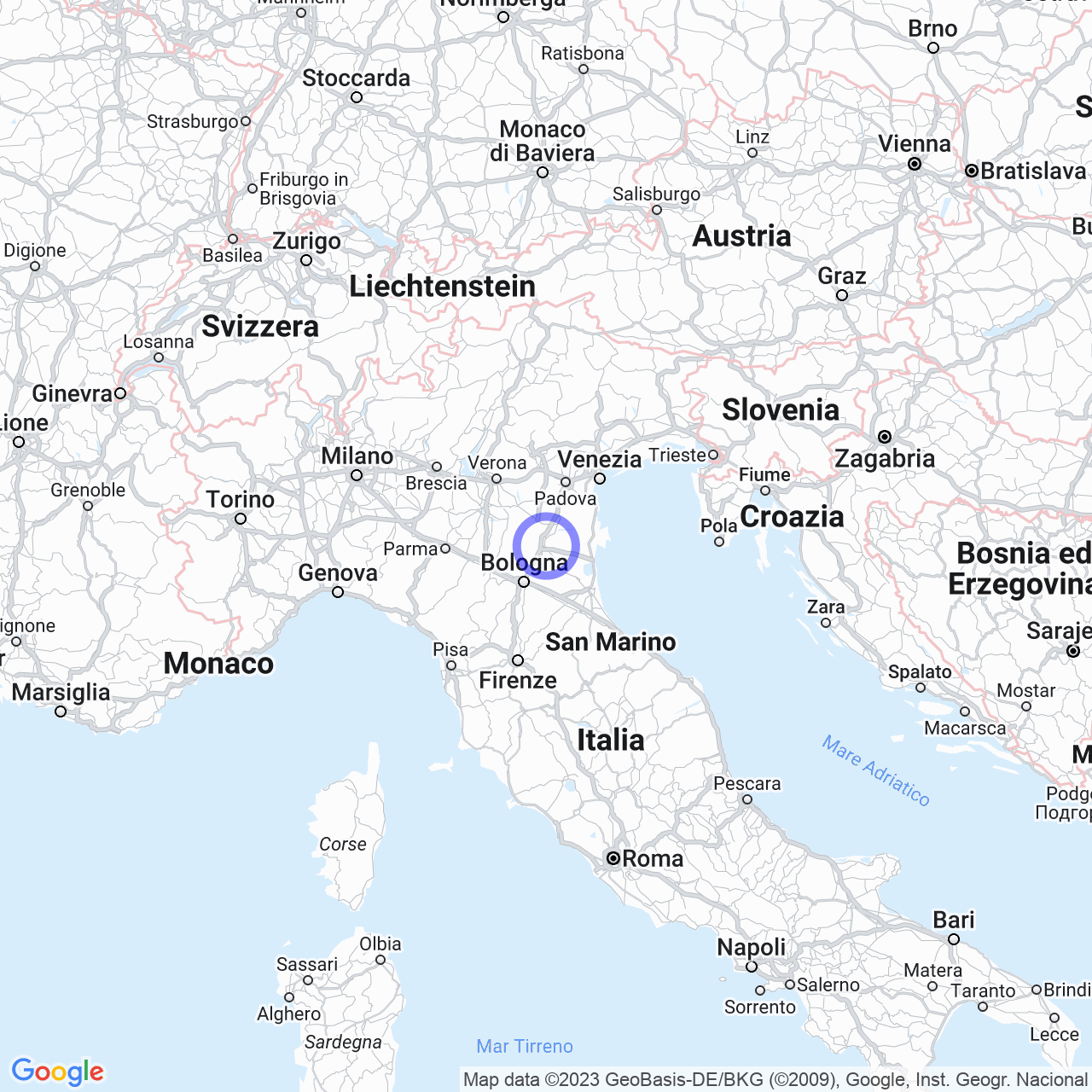San Martino
San Martino in Rio: History and Geography
Hello! Today I'll talk to you about San Martino in Rio, a small town in the province of Reggio Emilia in Emilia-Romagna. It's located in the Po Valley, 15 km east of Reggio Emilia. The municipality is formed by the villages of Gazzata, Marzano, Osteriola, Stiolo, and Trignano, and covers an area of 22.65 square kilometers. It borders Correggio to the north and west, Campogalliano to the east, and Rubiera and Reggio Emilia to the south.
The History of the Castle and the City Lordship
The history of San Martino in Rio is very interesting. Charlemagne donated these lands to the Diocese of Reggio Emilia-Guastalla. In 1050, Bishop Niccolò Maltraversi gave the territory to Boniface of Canossa. In 1115, Countess Matilda of Canossa granted the land to the reggiana Franca family of Roberti. The castle was destroyed in 1157 by Emperor Frederick Barbarossa, and the Roberti family rebuilt it, surrounding it with a moat always full of water, a drawbridge, and fortifying it with walls and two powerful towers.
In 1353, the Gonzaga besieged and destroyed the castle, which was rebuilt with the help of the Visconti. In 1368, the Robertis secured possession of the fiefdom until 1400, the year in which conflicts with the Estensi began. These conflicts led the Roberti family to abandon San Martino in Rio and return to Franconia.
Becoming the center of an independent city lordship for a cadet branch of the Este with Sigismondo I d'Este (1501-1507), San Martino in Rio, then called ''San Martino d'Este,'' exercised sovereignty over the territories of Campogalliano, Castellarano, Prato di Correggio, Lemizzone, Gazzata, Stiolo and Trignano. With Filippo I d'Este, the lordship was elevated to a marquisate, and finally, in 1747, with Carlo Filiberto II d'Este, the territory became a principality of the Empire. The Sigismund line of Este of San Martino, begun in 1501, became extinct in 1752 with the death of Carlo Filiberto II d'Este without male heirs.
On April 12, 1753, with a Ferrari deed, the territories of San Martino in Rio and Campogalliano were ceded by the Ducal Chamber of Este to the marchioness Teresa Sfondrati for three years. In 1756, the contract was renewed in favor of her daughter Anna Ricciarda, who had married Prince Alberico Barbiano di Belgiojoso the previous year. The territory of San Martino in Rio was subsequently granted as a fief to the Marquis Paolo Rango d'Aragona.

The Earthquake of 2012
San Martino in Rio also has a recent history of difficulties. In 2012, Emilia-Romagna was hit by a terrible earthquake, and San Martino in Rio was not spared. Many buildings in the city were severely damaged, including the Church of San Martino and the Church of San Michele. However, the city's inhabitants showed great resilience and solidarity during the reconstruction period.
Conclusions
San Martino in Rio is a small city with a great history. Its castle and the city lordship of Este are just some of the hidden treasures of the city. However, the city is also a symbol of resilience and solidarity, as demonstrated by the way its inhabitants came together to rebuild after the earthquake of 2012. If you find yourself in the area, I recommend visiting San Martino in Rio, the city with a big heart.
